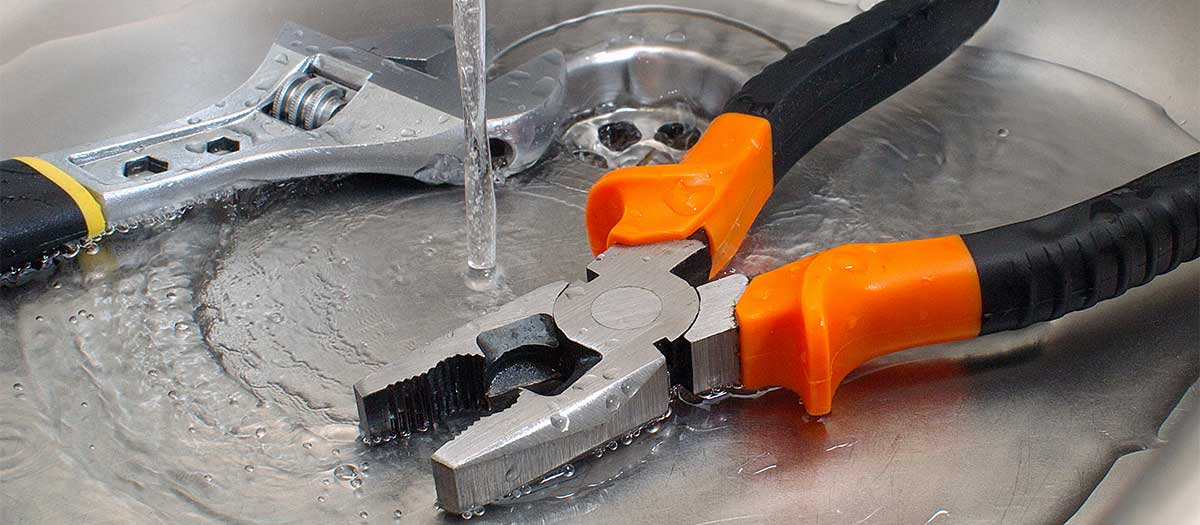How do you feel in regards to Detecting hidden plumbing leaks?

Early detection of leaking water lines can mitigate a prospective calamity. Some little water leakages might not be noticeable.
1. Check Out the Water Meter
Every home has a water meter. Inspecting it is a guaranteed way that assists you discover leakages. For beginners, switch off all the water resources. Ensure nobody will certainly flush, make use of the faucet, shower, run the washing equipment or dishwashing machine. From there, go to the meter as well as watch if it will certainly transform. Because no person is utilizing it, there need to be no movements. That shows a fast-moving leakage if it moves. Likewise, if you identify no changes, wait an hour or two as well as check back again. This means you may have a sluggish leakage that can even be underground.
2. Inspect Water Intake
If you find unexpected modifications, in spite of your consumption being the very same, it implies that you have leakages in your plumbing system. An unexpected spike in your costs suggests a fast-moving leakage.
A constant increase every month, also with the same practices, shows you have a sluggish leakage that's also gradually escalating. Call a plumber to thoroughly check your building, particularly if you feel a cozy area on your floor with piping beneath.
3. Do a Food Coloring Test
When it comes to water usage, 30% comes from commodes. If the shade somehow infiltrates your bowl throughout that time without flushing, there's a leakage in between the tank as well as dish.
4. Asses Outside Lines
Do not forget to inspect your exterior water lines as well. Needs to water leak out of the connection, you have a loosened rubber gasket. One small leak can squander heaps of water as well as surge your water bill.
5. Examine as well as Analyze the Scenario
House owners must make it a practice to inspect under the sink counters and also inside cupboards for any kind of bad odor or mold development. These two warnings show a leakage so prompt attention is needed. Doing routine evaluations, even bi-annually, can conserve you from a major issue.
Inspect for stainings and compromising as the majority of home appliances and pipes have a life span. If you think leaking water lines in your plumbing system, do not wait for it to escalate.
Early discovery of leaking water lines can mitigate a potential catastrophe. Some tiny water leakages may not be noticeable. Examining it is a guaranteed way that assists you discover leakages. One little leak can throw away heaps of water and also increase your water expense.
If you presume leaking water lines in your plumbing system, do not wait for it to rise.
Tips for Detecting Hidden Plumbing Leaks
Check for Signs of Water Damage
We recommend that you check the following places for evidence of water damage:
Near where you store your water heater
Around your sump pump
In areas where pipes are visible
Underneath cabinetry or a vanity beneath a sink
Where your outside hose bib is
If water damage is present, you may also notice mold and/or mildew or smell a foul or musky odor. You might also be able to hear the sound of water running where it shouldn’t be.
Perform a Water Meter Test
One of the easiest ways to determine whether you have a hidden leak on your property is to test your water meter. Turn off all appliances in that use water and make sure you don’t have any faucets running. Locate your water meter and record the reading on it. Continue to leave everything off for a minimum of two hours and then go back and see the meter reading. If it’s a noticeable difference, chances are you have a hidden plumbing leak.
Monitor Your Outside Usage
As the seasons change, you might use more water to keep your yard lush and green and your flowers blooming. However, it’s important to routinely ensure that your sprinkler or irrigation system is working properly and that any outside faucets are completely off. This way you’re not wasting any water.
Do the Toilet Food Coloring Test
Are you kept up at night because your toilet continues to run? If you’ve noticed your toilet randomly refills, especially when it’s not in use, it could mean you have a defective flapper tank and water will leak into the bowl. Fortunately, there’s an easy (and kind of fun!) way to test whether you’re dealing with this issue. Grab some food coloring and add a few drops into your toilet’s tank. Wait 15 minutes and then check to see whether the water in the bowl is colored. If it is, you have a leak within your toilet and the internal assembly will need to be repaired or replaced.
https://www.carterservices.com/blog/2020/february/tips-for-detecting-hidden-plumbing-leaks/

As an avid person who reads on Locating water leaks, I assumed sharing that piece of content was worth the trouble. Enjoyed reading our write up? Please share it. Let another person find it. Thanks a lot for your time invested reading it.
Comments on “Exactly how to Check If Your Home Has a Hidden Leakage”